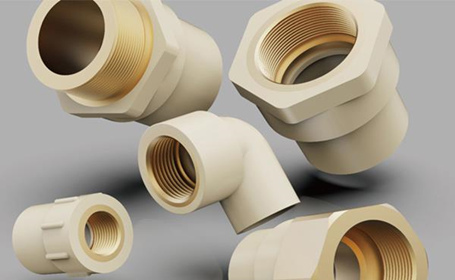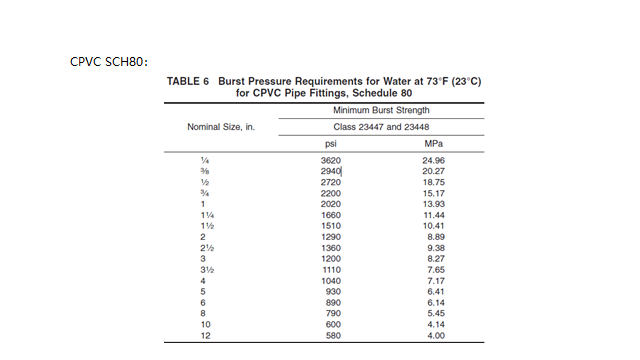

1 | High temperature resistance-Vicat softening point is 30-40℃ higher than that of PVC and can be used in cold and hot water systems. |
2 | Compressive strength-the wall thickness of the pipe under the same pressure can be thinner than that of PVC. |
3 | Corrosion resistance-enhances the corrosion of fluids such as acids, alkalis, salts, oxidants, etc., and can be used in industries such as steel, metallurgy, petroleum, chemical, fertilizer, dyes, pharmaceuticals, electric power, environmental protection, and sewage treatment |
4 | Good heat insulation performance-has extremely low thermal conductivity, therefore, the pipe made of CPVC has light weight, good heat insulation performance, and does not need heat preservation |
5 | High flame retardant-can be used in fire piping system |
1 | High temperature resistance-Vicat softening point is 30-40℃ higher than that of PVC and can be used in cold and hot water systems. |
2 | Compressive strength-the wall thickness of the pipe under the same pressure can be thinner than that of PVC. |
3 | Corrosion resistance-enhances the corrosion of fluids such as acids, alkalis, salts, oxidants, etc., and can be used in industries such as steel, metallurgy, petroleum, chemical, fertilizer, dyes, pharmaceuticals, electric power, environmental protection, and sewage treatment |
4 | Good heat insulation performance-has extremely low thermal conductivity, therefore, the pipe made of CPVC has light weight, good heat insulation performance, and does not need heat preservation |
5 | High flame retardant-can be used in fire piping system |
Tests: | Requirement/test standard:ASTM F439 |
Chemical component test | Annual Chemical Extraction |
Hygiene | Residual Vinyl Chloride Test |
Hydrostatic Burst Test | At 23°C, 60-70s, the minimum burst strength see Table 6, no burst . |
Dimension and tolerance | See the Table 1 |
Marking | ERAR CPVC 尺寸 F439 NSF-PW |
